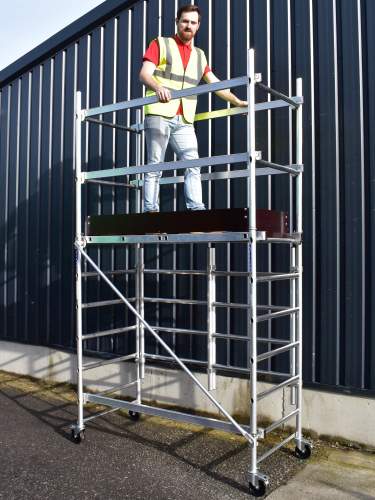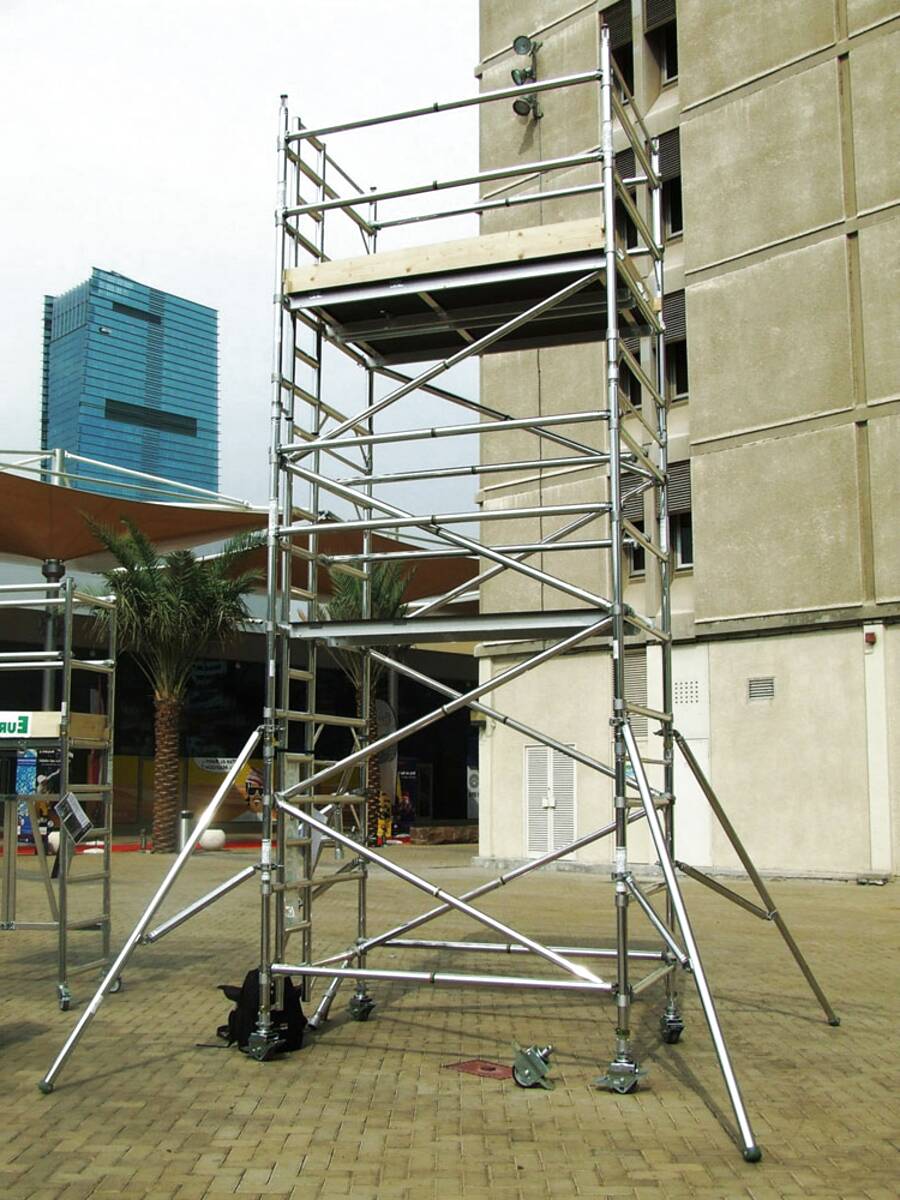Scaffolding in Urban Environments: Obstacles and Solutions
From Planning to Dismantling: The Scaffolding Lifecycle =======================================================
Taking care of the scaffolding lifecycle involves mindful preparation, spending plan allocation, and conformity with safety and security guidelines. Style and engineering concentrate on structural stability and safety and security requirements. Efficient product purchase and assembly require attention to detail and adherence to security methods. Evaluation and upkeep assurance conformity with safety and security standards, stopping costly repair work. The taking down procedure needs detailed safety precautions and correct waste administration practices. Furthermore, assessing recyclable products and recycling elements add to cost-effective use and sustainability. Understanding these phases is important for making certain effectiveness and security in scaffolding jobs.
Drawing board

During the planning stage of the scaffolding lifecycle, careful interest to information is vital to ensure the success of the task. Pre construction sychronisation plays a crucial duty in this stage, where all elements of the scaffolding job are thoroughly thought about and organized before any kind of physical work starts. This coordination involves liaising with numerous stakeholders, consisting of project supervisors, engineers, and vendors, to safeguard seamless combination and communication throughout the task.
One of the essential jobs during the drawing board is spending plan allotment. Establishing a realistic budget plan is vital to stop price overruns and hold-ups during the construction stage. By properly estimating the expenses of products, labor, devices, and other sources required for the scaffolding job, project managers can guarantee that the task remains within spending plan restraints.
Efficient preparation at this phase lays the foundation for a successful scaffolding job, giving a roadmap for the succeeding phases of style, design, building and construction, and taking down. By adhering to thorough planning methods and allocating sources sensibly, project groups can mitigate risks and maximize job results.
Layout and Engineering
The procedure of style and design in the scaffolding lifecycle is important for guaranteeing structural integrity and safety and security compliance throughout the job. When designing scaffolding, architectural security is a key issue. Engineers have to think about aspects such as the height of the framework, the weight it will bear, and ecological problems that may influence its stability. Computations for lots capability are essential to identify the scaffolding's capacity to sustain workers, devices, and products securely.
Layout and design likewise play a vital duty in making sure that the scaffolding fulfills all pertinent security criteria and regulations. By meticulously intending the design and materials used, engineers can minimize dangers of accidents and ensure a safe working environment for all personnel entailed. In addition, the design stage includes creating detailed drawings and strategies that assist the building procedure, making sure that the last framework fulfills the required requirements.
Material Purchase
Effective procurement of materials is crucial for the successful implementation of scaffolding jobs. Establishing strong supplier relationships is essential in making certain the timely delivery of top quality materials. By functioning very closely with suppliers, scaffolding business can improve their purchase procedures, minimize preparations, and attend to any worldly high quality worries quickly. Preserving open interaction networks with suppliers also allows for better expense administration, as it makes it possible for business to bargain favorable prices agreements and protected price cuts for bulk acquisitions.
Price administration plays a substantial role in product procurement, as it directly influences the overall project budget. Scaffolding firms need to thoroughly assess their product needs, compare costs from various providers, and seek affordable choices without compromising on high quality and safety and security standards. Carrying out effective price administration methods can help in reducing job expenditures and enhance revenue margins. By focusing on solid distributor partnerships and reliable price management practices, scaffolding business can improve the performance and success of their jobs from the outset.
Setting up and Erection
For successful scaffolding tasks, thorough focus to information during the setting up and erection procedure is crucial. Security methods must be purely complied with in order to ensure the health of workers and the overall success of the task. Prior to any kind of assembly begins, a thorough analysis of the website need to be conducted to determine any prospective threats or barriers that might affect the erection procedure.
When it comes to erection techniques, it is essential to comply with maker standards and industry finest methods. Each element must be securely attached, and the structure must be examined at various stages of the erection procedure to guarantee security and honesty. Appropriate sequencing of erection steps is vital to stop any kind of architectural failings or accidents. Furthermore, the use of correct tools and tools, together with skilled workers, is vital for the secure and reliable assembly of the scaffolding.
Inspection and Upkeep
Incorporating an organized strategy to examination and upkeep is vital for making certain the longevity and security of scaffolding structures. Safety and security checks play a crucial role in recognizing any potential hazards or flaws that can jeopardize the stability of the scaffolding.
Regular assessments should be carried out by certified workers to verify that the scaffolding remains in conformity with security regulations and requirements. Preventative upkeep is similarly essential to deal with any damage, deterioration, or damage that may happen throughout the scaffolding's use. This aggressive strategy can aid avoid accidents and make sure the structural integrity of the scaffolding.
Implementing a maintenance routine that consists of regular cleansing, lubrication of moving components, and structural supports when required can considerably prolong the life expectancy of the scaffolding. By prioritizing security checks and preventative maintenance, building and construction business can uphold a risk-free working environment and stay clear of pricey fixings or replacements due to overlook or oversight.
Taking apart Refine
The dismantling procedure of scaffolding involves vital security preventative measures to guarantee the wellness of workers and bystanders.
Additionally, the correct disposal of taken down parts is crucial to maintain a tidy and organized office.
Safety Safety Measures Throughout Dismantling
During the taking down process of scaffolding, focusing on safety measures is essential to stop accidents and preserve a smooth operations. Safety and security procedures should be strictly stuck to throughout this stage to ensure the well-being of employees and the surrounding atmosphere. Proper training on dismantling procedures, including devices removal techniques, should be offered to all workers involved.
Before starting taking apart, a comprehensive evaluation of the scaffolding framework need to be carried out to recognize any type of potential dangers or flaws that might endanger safety and security. Additionally, the use of proper personal safety equipment (PPE) such as helmets, gloves, and harnesses is vital.
Disposal of Dismantled Parts

To preserve a risk-free and well organized setting, the appropriate disposal of dismantled parts after completing the taking down process of scaffolding is vital. Waste monitoring plays a vital function in this stage, making certain that materials are taken care of sensibly.
When thinking about disposal alternatives, recycling is a crucial choice that can help in reducing the ecological effect of construction projects. By segregating materials like steel parts, wood slabs, and other recyclable items, scaffolding business can contribute to lessening waste sent out to landfills.
Furthermore, discovering reusing alternatives for products such as steel and light weight aluminum can not only profit the setting yet likewise possibly offer expense savings by repurposing these products for future projects.
Proper waste monitoring techniques are important to completing the scaffolding lifecycle properly.
Examination After Taking down
Upon completing the taking apart process of scaffolding, a complete examination is performed to assess the architectural stability and safety and security of the elements. This post-dismantling examination is essential to verify that the scaffolding parts remain in excellent problem and secure for future usage.

Throughout the evaluation, each element is very carefully taken a look at for any type of indications of damages, wear, or problems that may have taken place during the dismantling procedure. Components that pass the evaluation can be considered for reuse in future jobs, thereby making the most of the cost-effectiveness of the scaffolding products.
Frequently Asked Inquiries
Just how Does Climate and Environmental Factors Impact the Scaffolding Lifecycle?
Climate longevity is vital in the scaffolding lifecycle, as severe problems can increase wear. Ecological variables like dampness and UV direct exposure also effect longevity, boosting upkeep demands. Proper disposal of products at the end of the lifecycle is important for sustainability.
What Are Some Typical Challenges Encountered During the Dismantling Refine of Scaffolding?
Challenges encountered during the taking down procedure of scaffolding consist of making certain safety and security, appropriate handling of materials, and assessing parts for reuse. https://brentscaffolding.co.uk/index.html Maximizing reusability calls for meticulous planning, competent labor, and adherence to safety procedures.
Are There Any Kind Of Certain Laws or Standards Regarding the Disposal of Scaffolding Materials?
Disposal policies for scaffolding materials are important to ensure ecological compliance and safety and security. Several jurisdictions have particular guidelines for correct disposal, advertising reusing alternatives whenever feasible to reduce waste and advertise sustainability in the building and construction market.
How Do Safety Measures Differ During the Assessment and Maintenance of Existing Scaffolding Frameworks Contrasted to Recently Set Up Ones?
Safety procedures throughout assessment and upkeep of existing scaffolding frameworks concentrate on evaluating wear, tear, and tons capacity to guarantee continuous security. scaffolding planning & design Unlike new scaffolds, maintenance procedures entail evaluating architectural stability and attending to prospective threats quickly.
Can Scaffolding Be Reused for Future Projects, and What Elements Identify Its Reusability?
Scaffolding sustainability is enhanced by taking into consideration reusability factors. Factors like material quality, inspections, and adherence to regulations influence whether scaffolding can be repurposed for future projects, enhancing sources and advertising ecological responsibility in building techniques.
Verdict
To sum up, the scaffolding lifecycle entails thorough preparation, design, material purchase, setting up, assessment, maintenance, and taking apart. Each stage is crucial for guaranteeing the security and performance of the framework.
By complying with a systematic technique from beginning to end, construction tasks can take advantage of the assistance and stability offered by scaffolding. Correct taking down at the end of the project makes sure the safe elimination of the framework and reduces any kind of potential hazards.